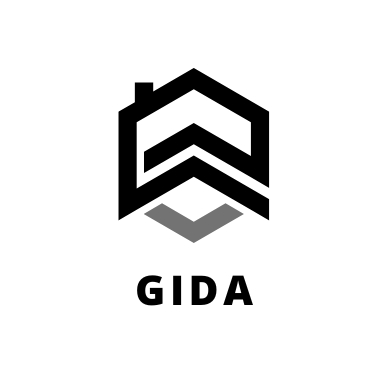The quality compass: navigating towards excellence
Quality is the backbone of exceptional service and product delivery. It's an elusive concept that encompasses various aspects of a business, from the materials used to the skills of the workforce. In essence, quality is about meeting and exceeding customer expectations, ensuring reliability, and providing value.
In today's market, quality is not just a luxury; it's a necessity for survival. Businesses that prioritize quality distinguish themselves, creating a brand that customers trust and competitors respect. Quality drives customer satisfaction, loyalty, and ultimately, business success.
Components of the Quality Compass
Leadership sets the tone for quality. A clear vision and commitment to excellence must be communicated from the top down. Leaders must inspire and guide their teams to uphold the highest standards.
Understanding and anticipating customer needs is crucial. A quality-centric business always seeks to provide solutions that not only meet but exceed customer expectations.
The pursuit of quality is an ongoing journey. Continuous improvement methodologies, such as Kaizen or Six Sigma, can help businesses refine processes and eliminate inefficiencies.
Excellence is achieved in the details. Paying close attention to every aspect of service delivery ensures that nothing is left to chance, and quality is consistently delivered.
Employees are the ambassadors of quality. Engaged and empowered employees take ownership of their work, leading to better quality outcomes and innovation.
Implementing the Quality Compass in Your Business
Creating a culture that breathes quality requires a shared belief in its value. It involves everyone in the organization, from the CEO to the front-line staff.
High standards are the foundation of quality. They must be clearly defined, communicated, and upheld across all levels of the organization.
What gets measured gets managed. Regularly assessing performance against quality standards helps ensure that the business stays on track.
Investing in your team's skills is investing in quality. Ongoing training and professional development are essential for maintaining high-quality standards.
In a rapidly changing business environment, adaptability and innovation are key to maintaining quality. Staying open to new ideas and approaches can lead to improvements in products and services.
Challenges on the Path to Excellence
Change is often met with resistance. Overcoming this requires clear communication, support, and demonstrating the benefits of new quality initiatives.
Quality comes at a cost, but it should not be prohibitive. Balancing cost management with quality maintenance is a delicate act that requires strategic planning.
To maintain a competitive edge, businesses must stay informed about industry trends and advancements. This knowledge can inform quality improvements and innovation.








Comments (0)